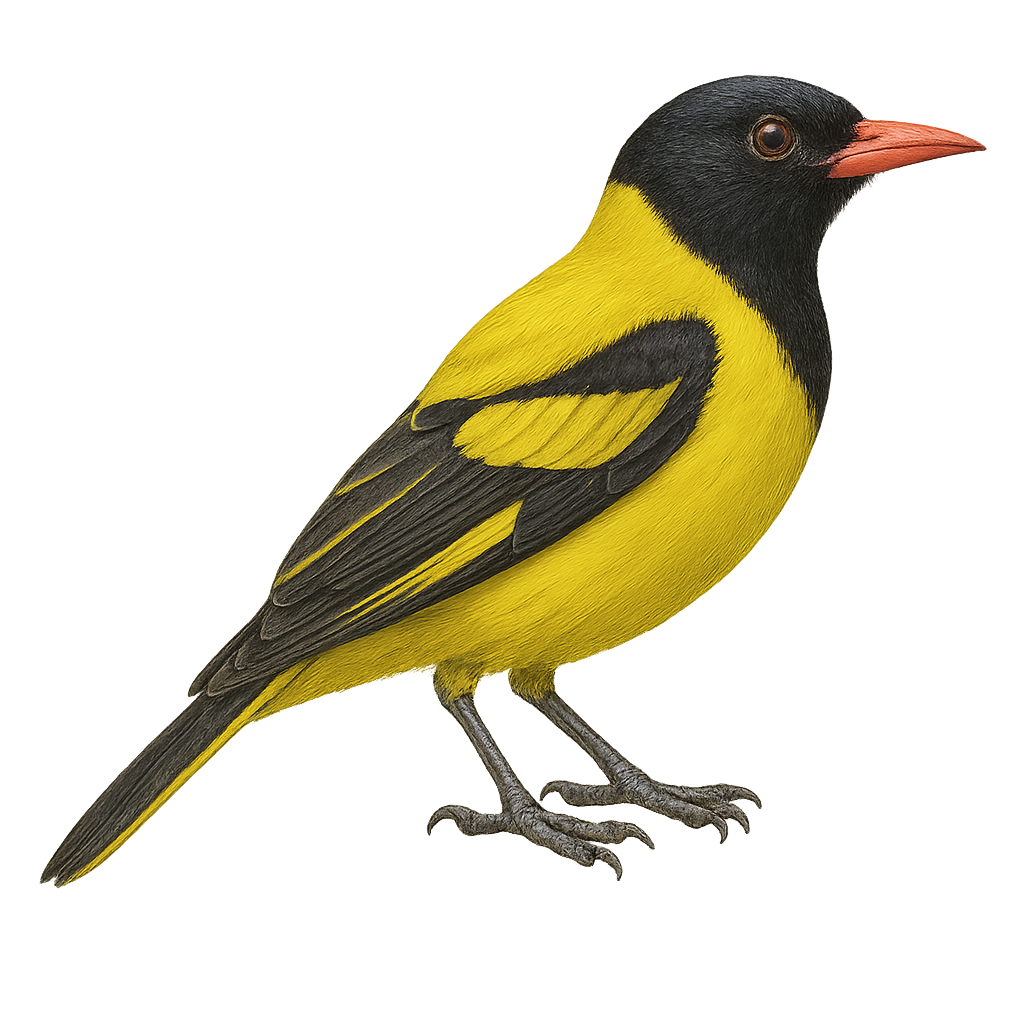Your wildlife photography guide.
Explore the percival's oriole in detail, study its behavior, prepare your shots.
Where to observe and photograph the percival's oriole in the wild
Learn where and when to spot the percival's oriole in the wild, how to identify the species based on distinctive features, and what natural environments it inhabits. The WildlifePhotographer app offers tailored photography tips that reflect the percival's oriole’s behavior, helping you capture better wildlife images. Explore the full species profile for key information including description, habitat, active periods, and approach techniques.
Percival's Oriole
Scientific name: Oriolus percivali

IUCN Status: Least Concern
Family: ORIOLIDAE
Group: Birds
Sensitivity to human approach: Suspicious
Minimum approach distance: 10 m
Courtship display: March to May
Incubation: 14-16 jours
Hatchings: March to June
Habitat:
Tropical forests, subtropical forests, wooded savannas
Activity period :
Primarily active during the day, with peak activity in the morning and late afternoon.
Identification and description:
The Percival's Oriole is a fascinating bird primarily inhabiting the tropical and subtropical forests of East Africa. Recognizable by its striking plumage, it features a vibrant mix of colors, including shades of yellow, black, and sometimes green. This oriole is a medium-sized bird, measuring about 20 to 25 cm in length. It is known for its melodious and complex song, often heard at dawn. The Percival's Oriole is a sociable bird, often seen in small groups or pairs. It mainly feeds on insects, fruits, and nectar, playing a crucial role in the pollination of many plants. Although relatively common in its natural habitat, deforestation and habitat loss pose potential threats to its population.
Recommended lens:
400mm – adjust based on distance, desired framing (portrait or habitat), and approach conditions.
Photography tips:
To photograph the Percival's Oriole, it is advisable to use a 400mm lens or longer to capture detailed images without disturbing the bird. Look for areas where orioles are active, such as forest edges or clearings. Be patient and discreet, as these birds can be suspicious. Morning light often provides the best conditions to capture the vibrant colors of their plumage. Use a tripod to stabilize your camera and achieve sharp images.
The WildlifePhotographer App is coming soon!
Be the first to explore the best nature spots, track rutting seasons, log your observations, and observe more wildlife.
Already 1 432 wildlife lovers subscribed worldwide

